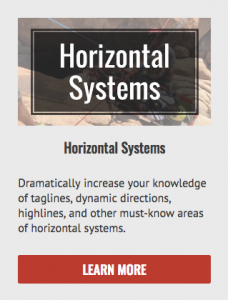

Hey all
We just completed another 4 high level training courses within the Technician Level Cornerstone course curriculum.
Midwall Pickoffs
Midwall rescues can run the full gamut of rescue complexities. It can include almost everything from one or two people coming to the rescue of a fellow climber, to a fully orchestrated team based rescue. Because of this we’ve divided pickoffs into two major divisions:
These two divisions can be further subdivided into clinging and hanging, depending on whether or not the victim was simply free climbing, or if the victim was using a harness and rope. We’ll dive into these additional subdivisions, and more, inside the Midwall Pickoffs course.
Horizontal Systems
While this course is by no means an introduction into Horizontal Systems, it will include a portion of what this subject can — and should — go over. Learn from various Rigging Lab Academy instructors as they dive into this topic in greater depth inside the Horizontal Systems course.
In high angle rescue, horizontal systems are add-on rope systems that serve as a means to change or influence the original fall line of the mainline/belay line package. This form of rope rigging is very useful in overcoming obstacles and correcting the horizontal orientation of the rescue operation.
Elevated Anchor Systems
The use of elevated anchors (i.e. high directional anchor systems) is a mandatory requirement of NFPA 1670 for rope technicians. Having said this, it’s impossible to discuss one facet of rope rigging and not address all the many other aspects at the same time. A rope system is like a living breathing thing; like any living thing, it’s composed of many cells and body parts. Yes, these many parts are separate components, but without a realization of the whole body, each component means little. This is the essence of the knowledge base that rope rescue technicians must try to ascend to. And this is what we’re working towards in the Elevated Anchor Systems course.
To understand rigging is to understand at least some aspects of trigonometry and vector physics. The knowledge of angles, components, and resultants is synonymous with quality rope rigging. To study vectors is to study the physical qualities of force that has both direction and magnitude.
Force Multipliers
There are two important distinctions we make in quantifying attributes assigned to objects; some need a simple quantity (a ‘scalar’ value) whereas others need both the magnitude and direction described by a ‘vector’. We’ll venture into both of these areas.
Technically speaking, there is a significant difference between ‘speed’ and ‘velocity’. Speed is a scalar value and simply describes how fast something is going whereas velocity is a vector and adds a direction to the ‘how fast’.
As you will see, there are many aspects to rigging theory and we’ll do our best to make understanding all of this as painless as possible inside the exclusive Force Multipliers course.
To see more about what this transformative blueprint for success is… CLICK HERE For the Download
Peace on your days!
Lance
Online Education and Membership
Get your Gear Here…. Become an RRG Pro today and save.